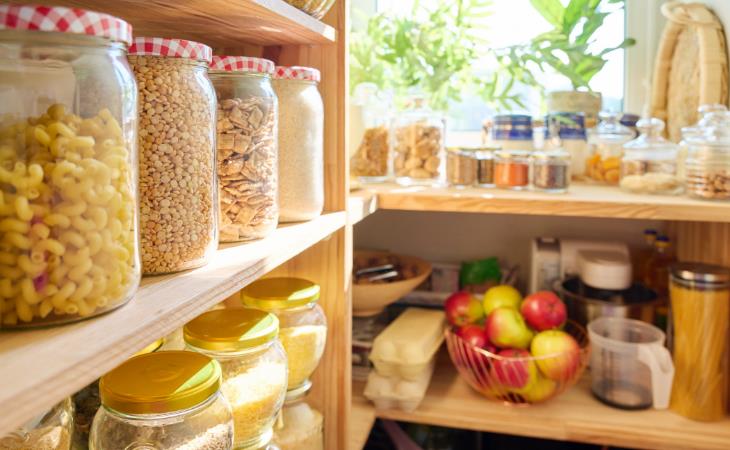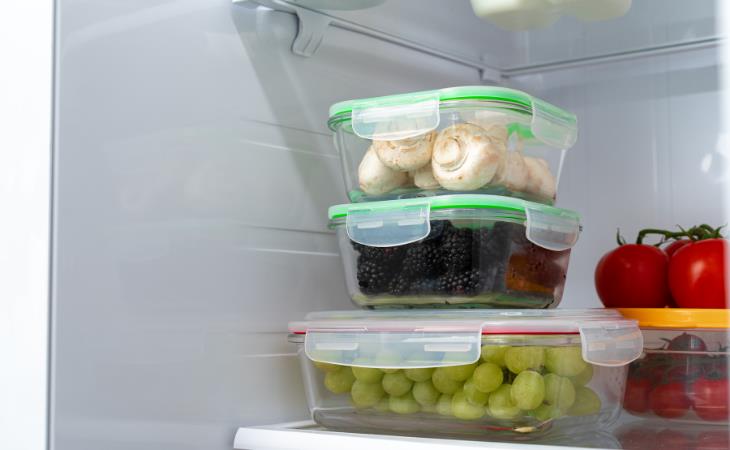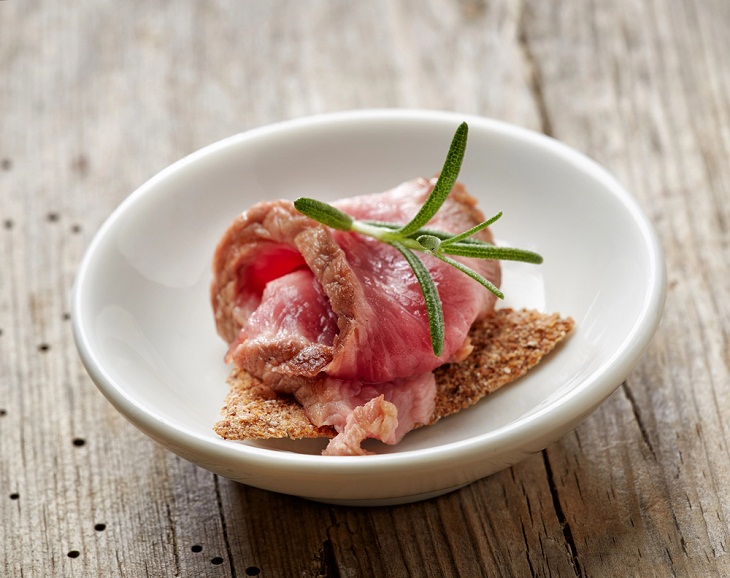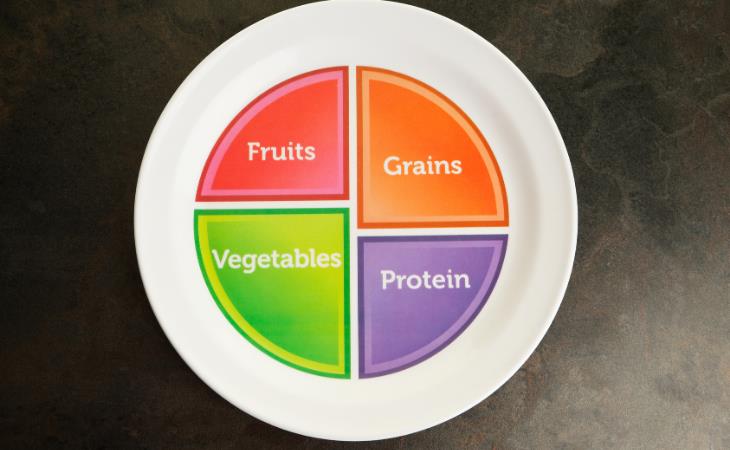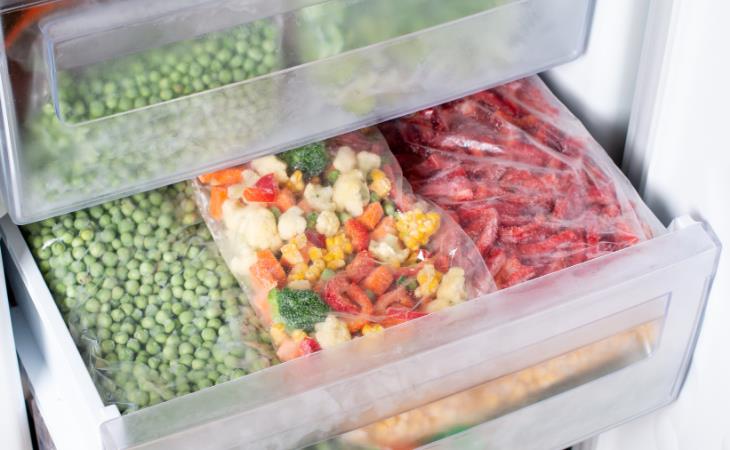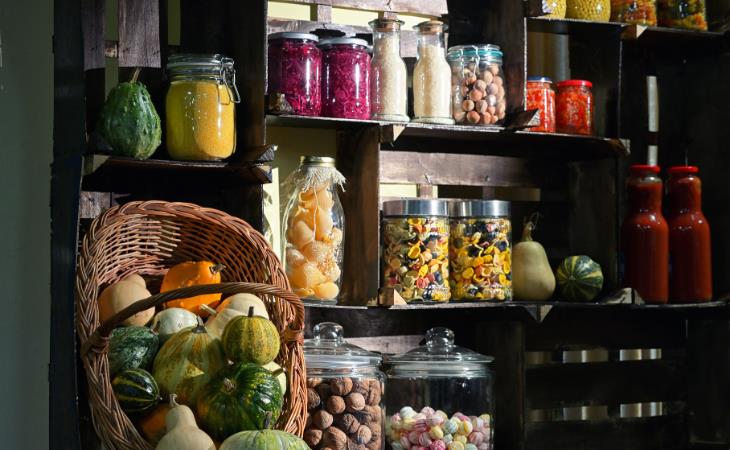Many people instinctively keep packaged, processed snacks like chips and cookies on easily accessible, eye-level shelves in their cupboards. Unfortunately, these readily available snacks are high in fat, salt, and sugar, but low in essential nutrients such as fiber and protein.
To prevent this, consider relocating these less nutritious options to the top and bottom shelves while displaying healthier alternatives like nuts and whole-grain crackers at eye level. By rearranging your cupboard in this manner, you can reduce the temptation to snack on unhealthy snacks while encouraging healthier eating habits.
2. Keep your fruit bowl stocked and place it on the counter
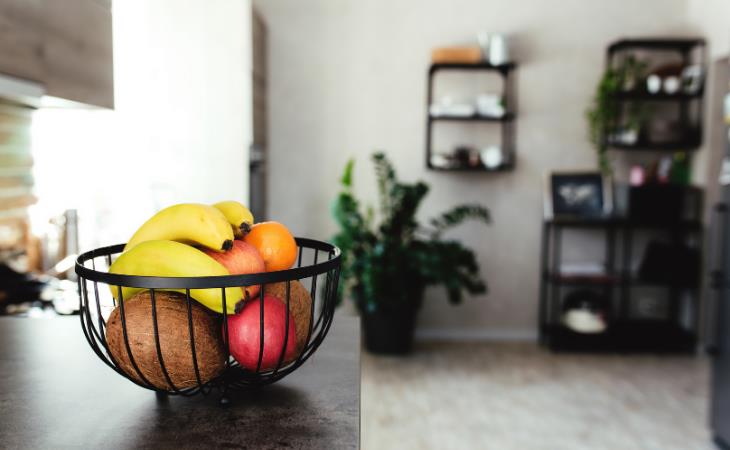
Arrange apples, pears, oranges, and bananas on your countertop. According to research published in Health Education and Behavior, those who display fruit on their countertops have a lower BMI—a measure of body fat—than those who do not. When fruit is readily visible, you're more likely to grab a nutritious snack when hunger strikes.
3. Package healthy snacks in pre-portioned sizes
Pre-portion healthy packaged options like nuts, dried fruit, or air-popped popcorn to make your snacking routine more efficient. According to experts, strategically placing these items within easy reach encourages healthier choices. Dividing snacks into individual servings when purchased reduces mindless munching because single-serve boxes are less tempting to consume than larger containers. This method also encourages portion control, making it more difficult to overeat when snack cravings strike.
4. Choose the appropriate containers
Maintaining a healthy fridge isn't always easy, but strategic storage can help. Choose clear containers for nutritious items while leaving less-healthy options, such as leftover pizza, in opaque containers or tin foil. Research suggests that keeping tempting foods out of sight can lead to consuming less. For instance, a study by Cornell University revealed that workers consumed two fewer chocolates daily when stored in an opaque bowl compared to a clear one.
5. Use smaller plates and utensils
Research suggests that using smaller utensils, such as teaspoons and salad forks, may help reduce calories. A study found that people who used teaspoons ate 8% less food than those who used larger spoons. Health professionals recommend keeping smaller utensils within reach to encourage a slower, more attentive eating pace. Eating too fast hinders the brain's ability to recognize satiety, which leads to overeating. Similarly, using smaller plates helps with portion control, increasing the impression of meal fullness despite identical quantities.
6. Reevaluate portion sizes
Many people find that portion control is important to achieving their weight-loss goals. However, implementing it can be difficult, especially during hectic schedules. Dietitians say that using measuring cups can be burdensome. Instead, choose dishes, bowls, and cups with clearly indicated serving sizes. This change can provide telling information about excessive consumption, even of nutritious foods such as sweet potato puree, which can unwittingly contribute to weight gain. For example, wine glasses with etched marks offer a convenient way to avoid overpouring.
7. Get an oil mister
For sautéing vegetables, frying eggs, and making salad dressings, dietitians recommend using an oil mister instead of directly pouring oil from the bottle. With one tablespoon of oil equating to 120 calories, this switch proves particularly beneficial for those aiming to trim down on fat consumption. Choosing a self-filling mister also improves health as compared to pre-packaged oil sprays, which can contain additional substances such as nonstick agents and preservatives. Please follow the directions on your mister to determine the spray-to-teaspoon or tablespoon ratio, as these ratios will vary depending on the product.
8. Keep an emergency stash
While fresh produce and proteins are essential staples, having a backup plan is also necessary. Whether you're delayed on your grocery trip or returning from vacation, tapping into your emergency stash will ensure a nutritious meal. Keep frozen fruits and veggies in the freezer, and stock your pantry with brown rice, quinoa, canned beans, nuts, and seeds for such occasions.
9. Keep all food items strictly in the kitchen area
Avoid dispersing food throughout your home! Say goodbye to the candy dish in the family room and the cookie jar in your bedroom. According to research published in the International Journal of Obesity, obese people are more likely to store food outside the kitchen.

